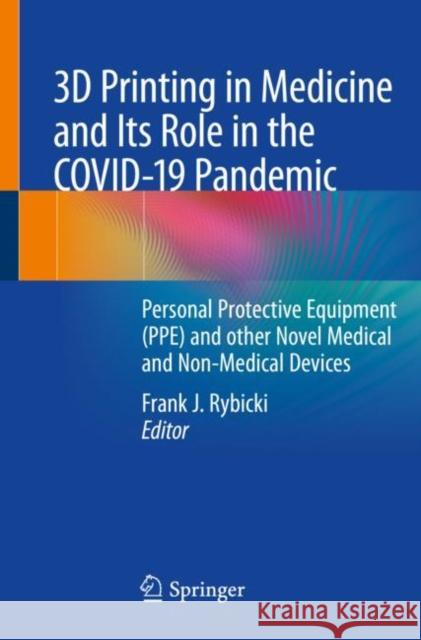3D Printing in Medicine and Its Role in the Covid-19 Pandemic: Personal Protective Equipment (Ppe) and Other Novel Medical and Non-Medical Devices » książka
topmenu
3D Printing in Medicine and Its Role in the Covid-19 Pandemic: Personal Protective Equipment (Ppe) and Other Novel Medical and Non-Medical Devices
ISBN-13: 9783030619923 / Angielski / Miękka / 2021 / 127 str.
3D Printing in Medicine and Its Role in the Covid-19 Pandemic: Personal Protective Equipment (Ppe) and Other Novel Medical and Non-Medical Devices
ISBN-13: 9783030619923 / Angielski / Miękka / 2021 / 127 str.
cena 302,60
(netto: 288,19 VAT: 5%)
Najniższa cena z 30 dni: 289,13
(netto: 288,19 VAT: 5%)
Najniższa cena z 30 dni: 289,13
Termin realizacji zamówienia:
ok. 22 dni roboczych.
ok. 22 dni roboczych.
Darmowa dostawa!
Kategorie BISAC:
Wydawca:
Springer Nature Switzerland AG
Język:
Angielski
ISBN-13:
9783030619923
Rok wydania:
2021
Wydanie:
2021
Ilość stron:
127
Waga:
0.18 kg
Wymiary:
23.37 x 19.56 x 0.51
Oprawa:
Miękka
Wolumenów:
01











